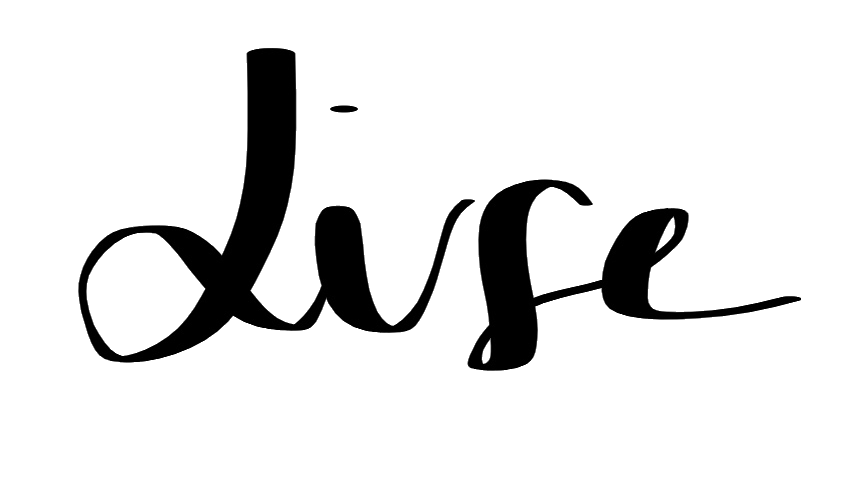Yoga, meditation… Ink is flowing and images are flourishing, and the roots of the practice have branched out into many practices that the words have become umbrella words.
Some descriptions make me jump, others make me feel at home, so…
What is my philosophy?
Everything I teach is meditation-informed. Asana (movement), pranayama (breathing practices), and of course, the sitting practices are shaped by a decade of commitment to meditation, and are simply mediums to touch on the wisdom of presence.
I teach the practice that I live, and experience as a student first and foremost: a gentle discipline calling us back to our relationship with the world, broadening our perspective of reality in its complexity, beauty but also obscurity.
What to expect in my teachings?
You can expect to touch on very subtle aspects of yourself, wrapped in a joyful, caring, and simple approach.
You are radically welcome with everything you bring onto the mat or the cushion. You’ll be guided through—-very likely :)—-boredom, doubts, and internal turmoil, to transcend and befriend it, and hopefully, lighten its weight.
You’ll hear stories, examples, images, symbolism, as well as very practical, earthy cues. I shape my classes to favour experiencing over an academic sense of achievement, so that you get to learn by doing, more than by conceptualising. Theory is only sprinkled over practice.
What does a meditation lesson look like?
Meditation can be intimating, and the idea of sitting still for 45 minutes even more. Fear not! I love to bring aliveness to my meditation lessons as much as there is in the practice. If there is no specific mention of a long practice, rest assured that I’ll break things down into digestible, bite-sized, lighthearted pieces of wisdom. You’re in for a joyful bouquet of teachings, small practices, Q&As, discussion circles, and possibly movement and tea time.
There is absolutely no prerequisite for meditation, come with your curiosity, your skepticism, your beauty and your quirks. You’ll practice an art that goes beyond the masks, the ideas you have of yourself, of the world, and that’ll give you more than you imagined. No need to be prepared, rather come with a beginner’s mind and let the practice unfolds, with its magic and ordeals.
What does a yoga lesson look like?
Now, it really depends. Yoga encompasses so much that the spectrum is broad.
Here are a few examples of what you can expect though…
Hatha yoga
Hatha yoga is an invitation of slow movement with plenty of time to let life spring within a posture. Follow your breath as your Ariadne’s thread and seep into what arises in your body and mind.
The lesson usually begins with a time to settle and come into your body, in a sitting position. You are then guided into a series of postures, and possibly breathing exercices. The postures are a doorway to an experience, not a goal to achieve, and will meet you exactly where you are there and then. The lesson concludes with a rest in lying position, and a short time of meditation.
Vinyasa yoga
Vinyasa yoga is probably the most represented and thought-after type of yoga. The pace is more dynamic as some sequences follow the pattern of one posture for each breath, with some pauses in selected postures for a more in-depth exploration. As in music, the tempo will pick up and slow down regularly.
The lesson arc is similar as the one of Hatha, with a settling time at the beginning, followed by a series of postures, and possibly breathing exercices. It invites for a strong sense of embodiment, and will give you a peak in your direct experience amidst a demanding physical practice (with full agency in adjusting the intensity cursor as you need there and then!). It’s a lovely dance between the breath and movement. The lesson finishes with an integration time in lying position and a few minutes of meditation.
Yin yoga
Yin yoga is an exploration of static stretches. You’ll be proposed a small number of postures that you will hold for a while (from a minute to a few minutes). Every posture is a laboratory where you get to see the dance between your body and your thoughts. As you’ll oscillate between acceptance and boredom and tension and surrender, you’ll find places in you broader than the experience, and broader than the fluctuations in the apparent stillness of the posture.
In practice, it is also associated with an increase in flexibility and down regulation of the nervous system. It’s a beautiful practice that complement well strength activities.
Note: if you are hypermobile, I’d recommend to practice yin yoga in complement with a strengthening practice and with a special love for supportive props.
Restorative-PJs yoga
Wear your most fluffy socks, your softest PJs, bask in blankies, and find the perfect spot for pillows and bolsters to support you. Melt like chocolate, while your nervous system gives in to the safety of it all.
Self-care goes far beyond winding down. It can be found in action, activism, movement and hard work. Yet, sometimes, what you need is a time when all expectations stay at the door and you let yourself be embraced by the power of safety and commune.
It can be revolutionary to pause, do nothing, but trust, allow and commune. More than relaxing, it’s a reclaiming of your time and health.
Suited for you if you’re struggling with burnout, ME, fibromyalgia or any other condition which benefits from nervous system regulation.
Questions? Comments?
This website is as much of a living thing (non-exhaustive, but in constant improvement, hopefully!), as I am a real human being excited to connect and hear from you. Get in touch with me on the about page, I am always happy to have a chat. 🪶📃🤍
